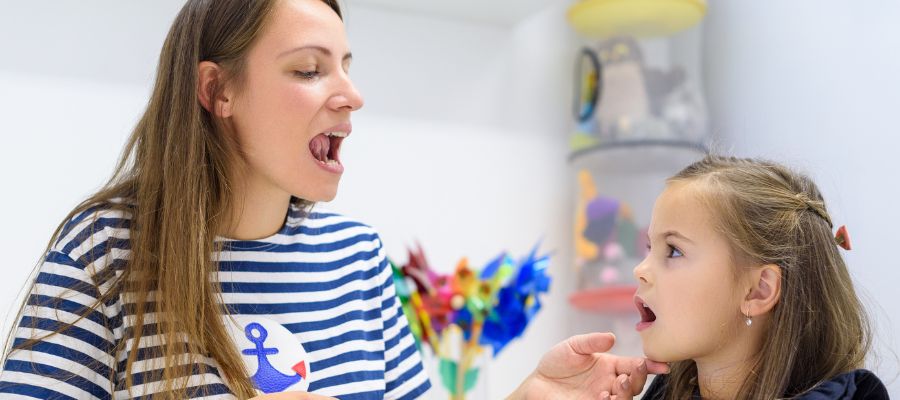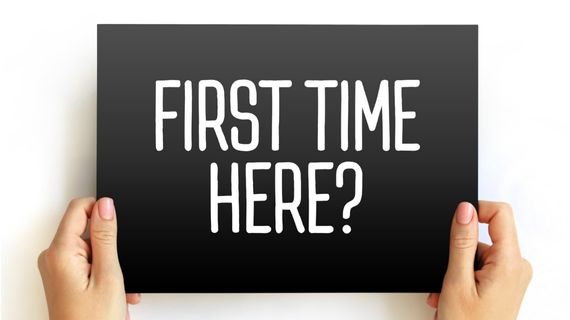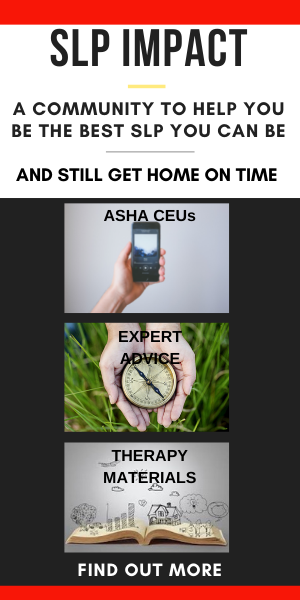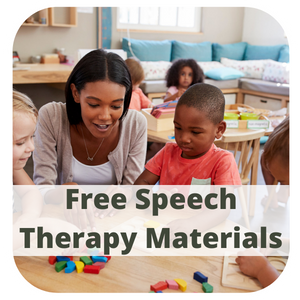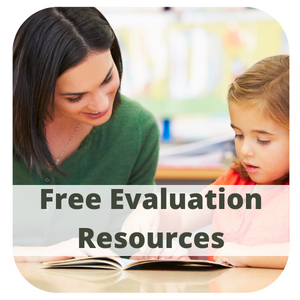What is a Speech Disorder?
Parents, doctors, and teachers become concerned when a child isn’t communicating well. It can be overwhelming when a child receives a diagnosis of a speech disorder because chances are it is not something that a parent or teacher has seen in the past.
All of the synonyms for “speaking” such as speech, language, and voice mean very specific things to speech language pathologists but are generally referred to as “speech” or “speech therapy” by many.
Speech Disorders: Understanding the Different Types
Speech is a vital component of human communication. It is how we express our thoughts, ideas, and emotions to others. However, some people experience difficulties with their speech, which can affect their ability to communicate effectively. Speech language pathologists classify speech sound disorders based on error patterns that are being made or the cause of the sound errors.
When a family receives a diagnosis for a child or loved one these different descriptions can be confusing so that’s what we are going to cover here. Let’s talk about when we see speech disorders in children and adults and then the many different ways that sound errors can present themselves.
Speech Disorders in Children
According to a study published in the Journal of Speech, Language, and Hearing Research, speech sound disorders affect 8-9% of preschool children and up to 15% of school-age children. Early identification and intervention are crucial in helping children overcome their speech disorders. According to a study published in the Journal of Speech, Language, and Hearing Research, speech therapy can be highly effective in treating childhood speech disorders.
Speech Disorders in Adults
Speech disorders can also occur in adults, often due to neurological conditions such as stroke, traumatic brain injury, or Parkinson’s disease. According to a study published in the Journal of Communication Disorders, speech therapy can be effective in improving speech production in adults with neurological conditions.
What is a Speech Sound Disorder?
A speech sound disorder is a type of communication disorder that leads to an individual having difficulty producing certain sounds correctly. Identifying which aspect of “speech” to focus on is the key to improving and increasing a child’s communication.
Common speech disorders include:
Motor Speech Disorders
Motor speech disorders refer to difficulties with the planning and coordination of speech movements. These disorders affect the ability to produce sounds, words, and sentences. According to a study published in the Journal of Speech, Language, and Hearing Research, motor speech disorders are less common than speech sound disorders, affecting 2-3% of children.
Types of Motor Speech Disorders
There are two main types of motor speech disorders: apraxia of speech and dysarthria. Apraxia of speech is a disorder where the brain has difficulty planning and coordinating the movements needed for speech. Dysarthria, on the other hand, is a disorder where the muscles used for speech are weak or have difficulty moving.
Articulation Disorders
An articulation disorder is a type of speech sound disorder where an individual has difficulty producing certain sounds correctly due to issues with the movement of their mouth, tongue, or lips. According to a study published in the Journal of Speech, Language, and Hearing Research, articulation disorders are the most common type of speech sound disorder.
Types of Articulation Disorders
The two main types of articulation disorders are substitution and distortion. Substitution occurs when an individual substitutes one sound for another. Distortion occurs when an individual approximates a sound but does not produce it exactly right.
Phonological Delays
Phonological delays refer to difficulties with understanding and using the sound system of a language. According to a study published in the Journal of Speech, Language, and Hearing Research, phonological delays affect up to 10% of preschool children.
Types of Phonological Delays
A delay is a normal part of development, where a child’s acquisition of the sound system of a language is slower than average. A disorder, on the other hand, is a persistent difficulty with the sound system of a language.
Speech disorders are common and can affect individuals of all ages. Early identification and intervention are crucial in helping individuals overcome their speech difficulties. Speech therapy is a highly effective treatment for many types of speech disorders, and individuals should not hesitate to seek help if they are experiencing speech difficulties.
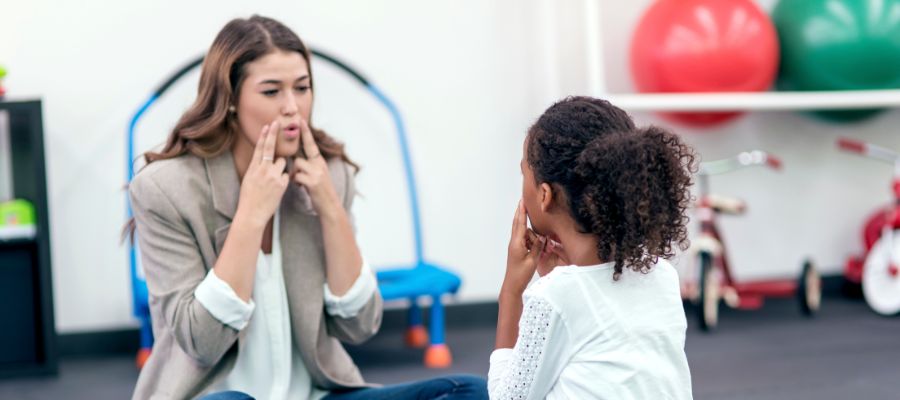
Our speech therapy programs start with a comprehensive evaluation in order to determine the area(s) of focus and the specific goals and objectives. Our evaluations include trial therapy to form impressions about how a child will respond to treatment.
Our SLPs are specialists at guiding all aspects of the therapy process. They choose WHAT to work on (i.e., targets), HOW it should be worked on (i.e., cues/strategies), and WHY it should be addressed (i.e., rationale). Taking into account the age and interests of the patient, they use motivating activities and rewards. They develop unique programs based on the latest research to achieve the fastest progress possible.
Know that you are not alone.
Approximately one-in-ten children develop differently than their peers and may need support. Contact us today.
Additional resources:
Communication for a Lifetime -ASHA.org
Definitions of Communication Disorders and Variations- ASHA.org
AddictionResource.com raises awareness for the consequences of addiction and helps communities become drug-free.
HealthFinder.gov promotes better health through education and awareness.

